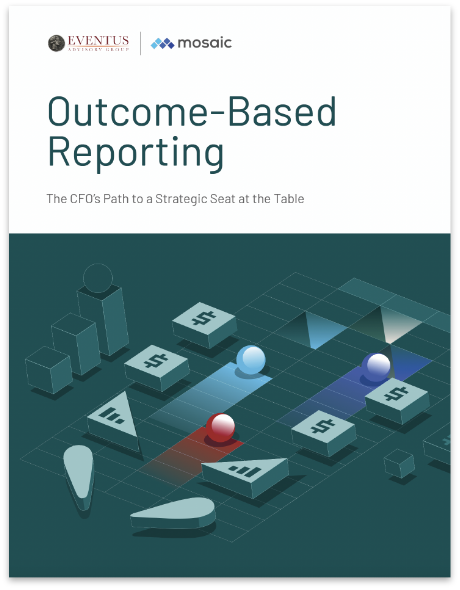
At various times in a company’s life, it is going to make a big bet. This isn’t a “bet the farm” act of desperation, but a key and calculated decision to move the company forward. Like anything important and large, the risk of failure has significant implications for the firm. Therefore, it is imperative to mitigate the risks wherever possible. To clarify, risk mitigation isn’t planning for failure, but a calculated way to avoid pitfalls and help safeguard success. So what areas should you consider when de-risking your company’s big bet?
The question severability asks is: Can you pull the plug if you have to? An easy barometer is the answer to another question: Will this bet commit you to a long-term course of action (e.g., legally)? The best defense is to make sure you have clear, contractual/explicit cases of cancellability with every party — customers, suppliers, contractors, etc. Payments tied to milestone checkpoints are one effective tool to achieve this end.
Cash flow involves expected inflows, expected outflows and the carry cost/cost of delay.
1. Cash inflows: There are three primary considerations to manage and monitor:
• Compliance on all items that ensure you get paid.
• Agreed-upon timing. For instance, if you get paid 30 days after you submit your milestone report, then have your internal plan to ensure you submit that report on time.
• Do not spend the expected cash before you receive it. Any expected use of these funds not related to the project should not be approved until you have received the cash.
2. Cash outflows: Project-related cash outflows should be timed as much as possible to correlate with related cash inflows. Try to maximize project “self-funding.” Also, do your best to ensure the agreements you make on the outflow side have easily cancellability with the least amount of committed cash.
3. Carry cost: This is a fancy way of saying the cost of delay. On certain projects, you have to tee up teams or hold raw materials. Delays usually mean additional storage fees, paying for idle time or, even worse, the resource not being available when you need it. Try to have delay costs covered by your client where possible.

What absolutely must happen outside and inside the company for this project to be successful? This goes beyond project planning and the inputs for the project. An effective exercise to identify dependencies is to examine your critical path milestones as well as your assumptions and think about what is needed to achieve or sustain their success, especially after project completion. Critical path milestones are usually apparent in a project plan, but your assumptions may be less so. For instance, you may assume a specific internal adoption rate. How are you going to ensure adoption or compliance? Do you need an internal advocate at the client once you close your deal? You’ll increase the likelihood of success with the more dependencies you identify, manage and have contingency plans for.
How a project or initiative affects other parts of the company and its processes is often overlooked. Sometimes it could be a new deal signed by sales that has accounting (e.g., revenue recognition) or billing implications. Sometimes it’s something promised to the client that your engineering or product department cannot easily fulfill.
An easy way to prevent downstream problems is to formally run the project by every major department, even if you do not think they are a constituent or are directly affected. It’s better to discuss beforehand and allow the groups to prepare. They might even have feedback for you that could expose part of the company to risk if not implemented. Discussing an initiative with a broad team is a good way to avoid some of the “unintended consequences” you might not have anticipated.
Sometimes you might commit to something you don’t have all the resources to achieve. It may be a particular skill set or expertise on your team, or a technology you have yet to develop or need to outsource. Regardless, if it is something you do not have readily at hand, your plan and execution on its attainment will be critical. It is OK to not have all of the pieces together before you start a project, but that has to be remedied quickly or the risk of failure greatly increases.
What happens if you fail, and what happens if you succeed? While coming up with a backup plan might be unpleasant, it’s also more obvious than the issues that success brings. If your project meets or exceeds expectations, can you handle the volume? Can you fulfill your orders without sacrificing quality? Will you be able to get the additional staff you need and onboard them on time? How scalable is your project?
Big bets can transform companies and propel their trajectories. They can also be a resource drain and hurt a company if they fail. Keeping in mind what is necessary for success in addition to what could go wrong — and planning for both — are great ways to de-risk a big bet and help ensure its success.